The famous Sakura blossoms
The Cherry belongs to the same genus, Prunus, as almonds, peaches, plums and apricot. As it falls under the Rosaceae family, it is a distant cousin of the rose. The name cherry comes from the French word "cerise". There are basically two types of cherry trees, those grown for their fruits - the cherries - and those grown for their flowers. Within the fruit-bearing category are two main species, sweet cherry (Prunus avium) and sour cherry (Prunus cerasus). Cherry trees grown for their ornamental value are of a different species. These include the Japanese sakura (Prunus serrulata). Many of the ornamental cherry cultivars have additional petalsn instead of stamen and pistils, so they are sterile and unable to bear fruit.
Cherry trees are native to the temperate regions of the Northern Hemisphere. There are two species in North America, three in Europe and the rest in Asia. Commercial cherry orchards are found across Europe. Due to its high production cost - the fruits are prone to damage - cherries are expensive fruits but are high in demand.
The health benefit of cherries has been acknowledged. It contains anthocyanins which gives the cherries their red colour. Anthocyanins have been shown to reduce pain and inflammation as well as being a good antioxidant. Cherries have also been shown to have a high content of melatonin, which is important for the immune system.
Japanese Cherry Blossoms
Japanese Cherry Blossoms, Prunus serrulata are perhaps the most famous ornamental cherry trees. Its blooming is such a significant event in Japan that it is news on Japanese television. The sakura starts to bloom from the south to north across Japan, reaching Central Japan around end of March and first week of April. For all it's worth, the sakura lasts only about a week, even less if there happens to be a heavy rainfall when the flowers are blooming. For the rest of the year, when not in bloom, the tree is not particularly attractive. Yet it is planted in most of the temples and gardens across Japan, for the sake of that week or two of the year, when its blooms can be appreciated. The Japanese even organise sakura-viewing parties, called hanami, when they gather in parks such as Oeni Park in Tokyo. These parties are often accompanied with massive alcohol drinking, so it is very much as excuse to drink than it is to view flowers.
On this page, I showcase the sakura which I shot at different parts of Japan in 2007 and 2008.
In Penang, there's a tree called Tecoma pentaphylla that produces blossoms around the end of February and early March. The flowers are known as the "Cherry Blossoms of Penang".
2007
Horyuji Temple, Nara
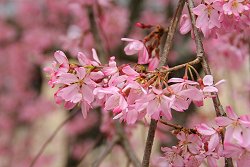
Ise Shrine, Ise Peninsula
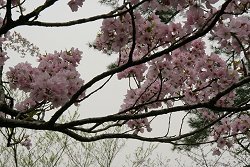
Osaka Castle
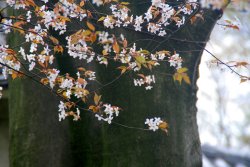
Oshino Hakkai
Oshino Hakkai is a spring at the foot of Mount Fuji. It is a national treasure of Japan for the purity of its spring water.
Ryoanji Temple, Kyoto
Ryoanji is the most famous rock garden in Japan.
Shizuoka
Shizuoka prefecture is the bigger producer of green-tea in Japan.
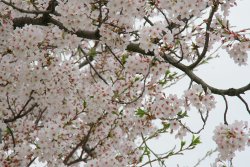
Todaiji Temple, Nara
Todaiji Temple is noted for being the world's biggest wooden building.
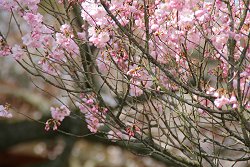
Tokyo
Cherry blossoms shot at various places in Tokyo.
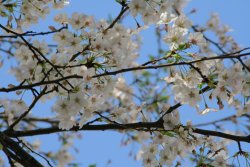
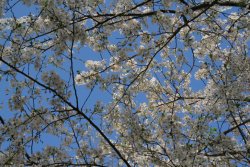
Toyohashi
These cherry blossoms were shot at a rest stop by the expressway near Toyohashi, an industrial city in Central Japan.
Wakayama
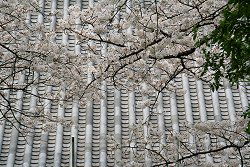
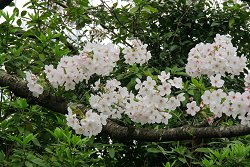
Shots taken in 2008
Horyuji Temple, Nara
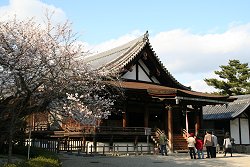
Ise Peninsula
Todaiji Temple, Nara
 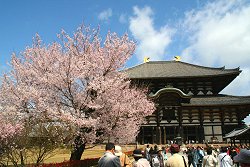 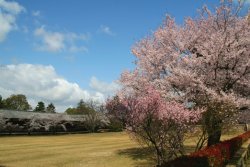
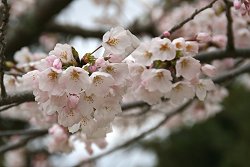
Tokyo
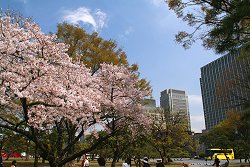
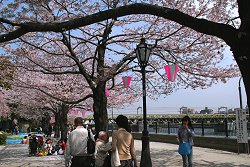
|